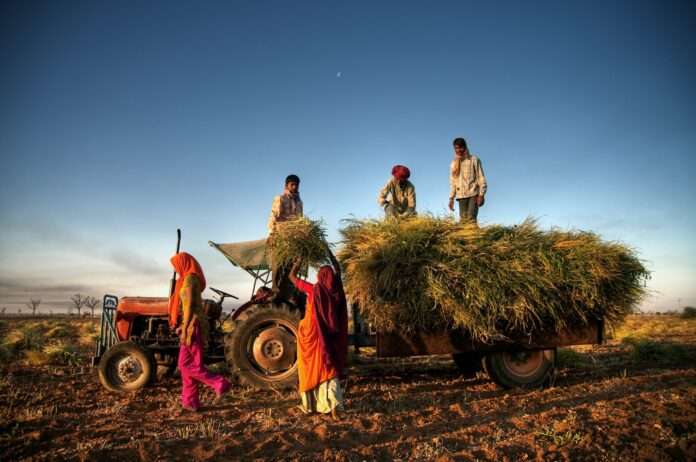Table of Contents
Promoting Sustainable Agriculture in Western Odisha: Strategies for Success
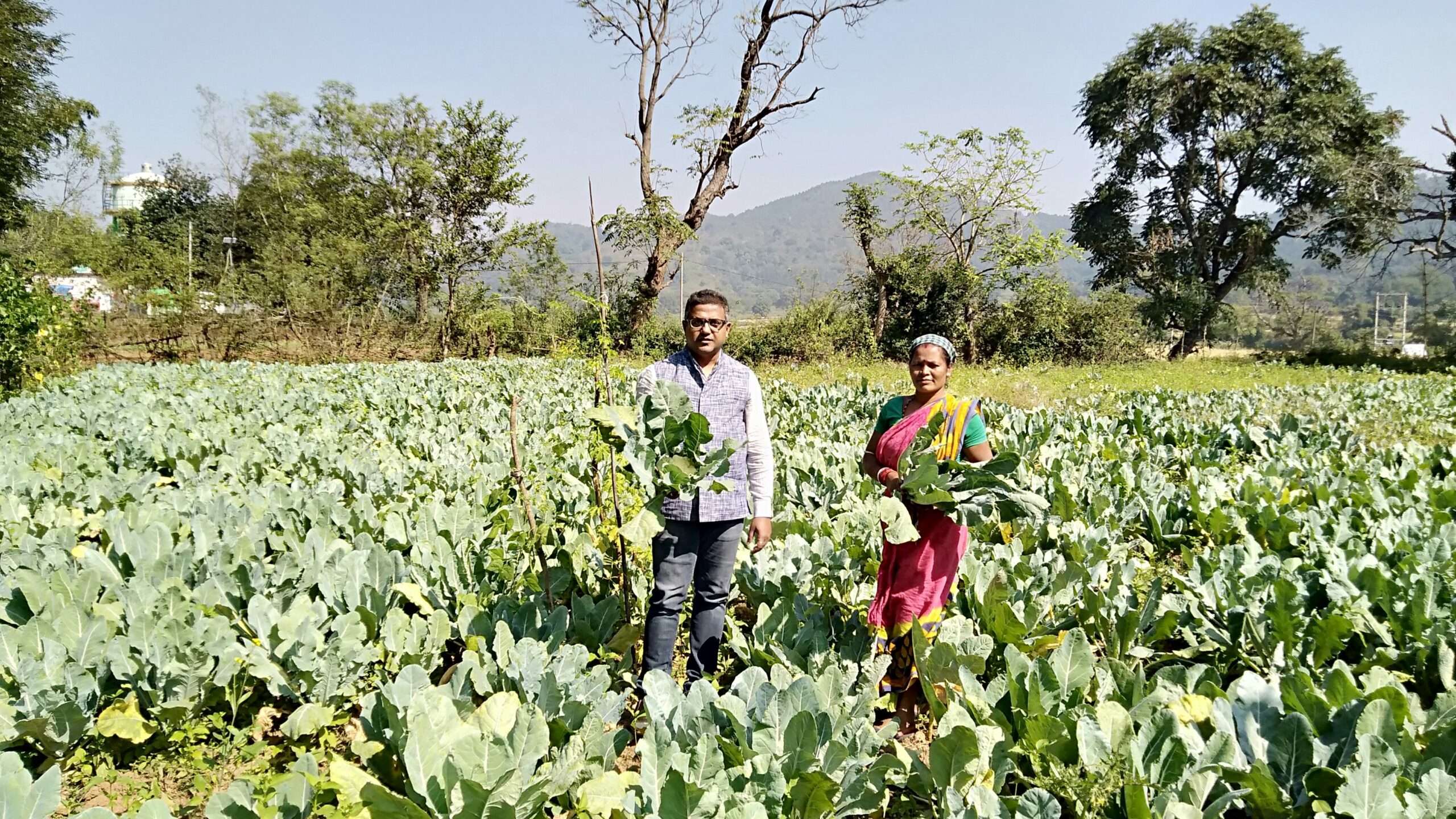
Reviving traditional seed varieties, strengthening community structures, implementing effective agricultural practices, and empowering farmers are essential for promoting sustainable agriculture in Western Odisha. This article presents a comprehensive set of strategies aimed at achieving these goals.
Revitalizing Traditional Seed Varieties
- Encourage farmers to cultivate traditional crop varieties with comparable yields to improved varieties.
- Facilitate seed exchange among farmers through farmer-to-farmer interactions at the Block level.
- Promote in-situ seed production of traditional paddy varieties, allowing interested farmers to collaborate and make these seeds available to others.
Strengthening Grain and Seed Banks
- Improve the maintenance and management of grain and seed banks operated by local NGOs and community-based organizations.
- Ensure proper storage facilities to prevent grain drying and pest infestation.
- Expand the range of crops stored in these banks to include millets, pulses, and common vegetable seeds.
Enhancing Agricultural Practices
- Emphasize the importance of manuring, fertilizing, and weeding practices, particularly in degraded upland areas (Antt lands).
- Highlight the negative impact of neglected weeding on crop productivity and pest populations.
- Promote the adoption of line sowing for better intercultural operations, optimal tiller formation, and proper aeration.
Micro-Wells and Cover Crops
- Encourage the digging of micro-wells on lowlands (bahal lands) to provide irrigation during water-scarce periods.
- Advocate for the cultivation of cover crops such as Horsegram and Cowpea in paddy fields, improving soil organic matter and moisture retention.
- Promote green manuring crops like Dhaincha on uplands to enhance nitrogen fixation and organic matter content.
Integrated Pest Management and Nutrient Management
- Advocate for the adoption of integrated pest management (IPM) practices from seed to seed.
- Promote integrated nutrient management (INM) practices and emphasize the importance of soil testing before each growing season.
- Provide soil testing facilities at the soil conservation department in Western Odisha for a nominal fee.
Exploring Surface Water Resources
- Operationalize lift irrigation schemes in areas with perennial rivers and streams to harness surface water resources.
- Encourage collaboration between local farmers’ organizations and relevant government departments for implementing these schemes.
Soil and Water Conservation Measures
- Regularly implement soil and water conservation practices, especially in medium and upland areas.
- Construct field bunds on every plot to retain rainwater for an extended period.
- Ensure proper drainage mechanisms to manage excess rainwater effectively.
Promoting Minor Millets and Other Crops
- Promote the cultivation of minor millets like Gurji, Kodo, and Ragi in specific areas known for their low moisture requirements.
- Establish low-cost storage structures for onions to improve small and marginal farmers’ bargaining power in the market.
- Facilitate the formation of millet cooperatives to establish direct marketing linkages and maximize profits for primary producers.
Land Ownership and Collective Farming
- Facilitate land allocation for landless individuals from absentee landlords, community, and government lands, with a focus on granting ownership to women.
- Encourage collective farming of minor millets and paddy in small and marginal farmers’ plots, disseminating the positive outcomes to inspire others.
Empowering Farmers and Facilitating Knowledge Exchange
- Train and orient REFLECT circle facilitators on sustainable agriculture practices, land rights, accessing government schemes, and other relevant topics.
- Establish farmer-to-farmer extension systems in NGO/CBO operational villages to disseminate local agricultural practices and technologies.
- Encourage these networks to advocate for farmers’ needs and influence policies at various levels.
Matrix for Sustainable Agriculture Strategy
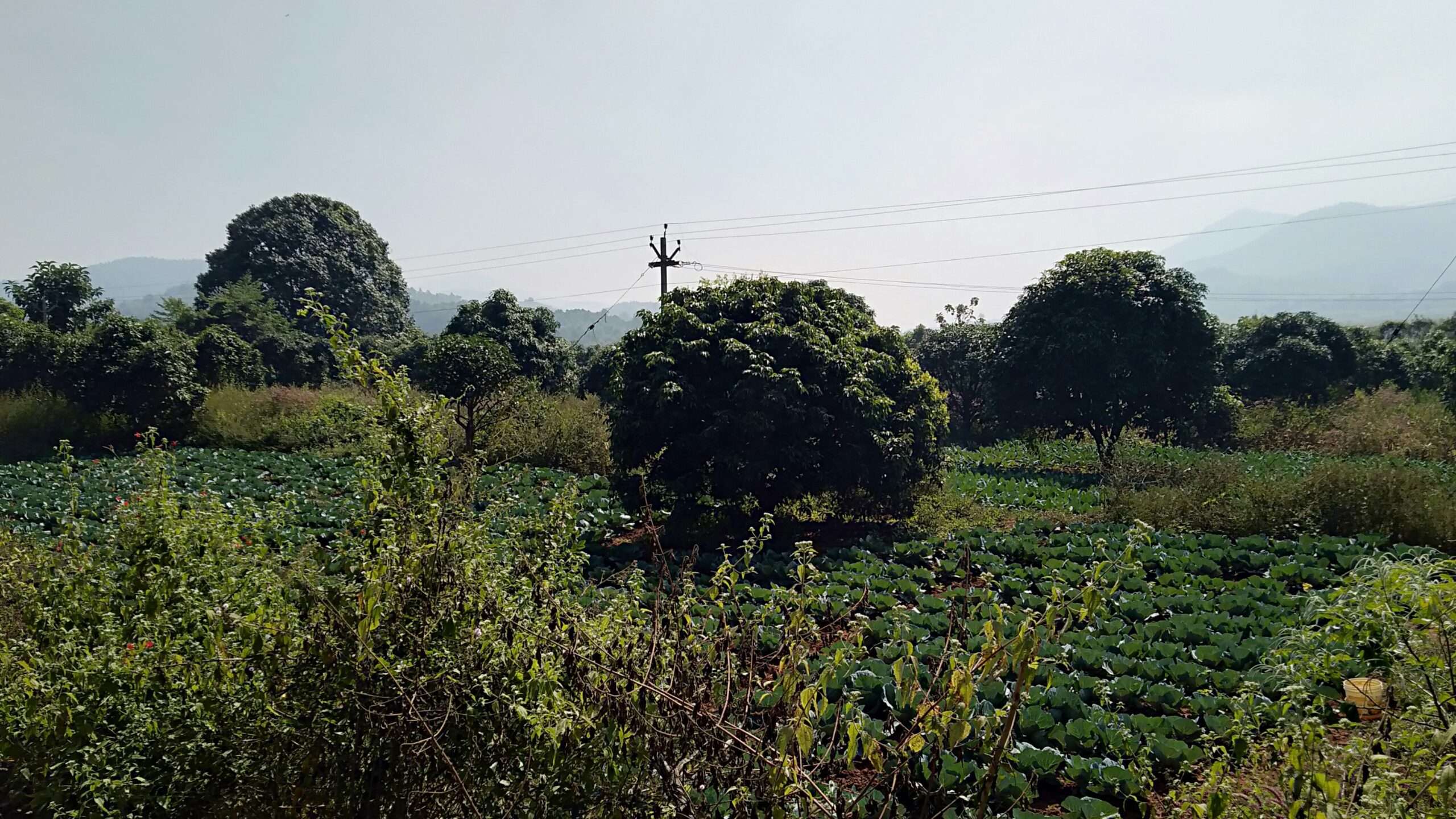
| Constraints | Strategies | Specific Programmes |
| Soil degradation | Diversification and intensification of existing farming system | Critical agricultural support for small and marginal migrant families (initial capital for the purchase of traditional seeds, FYM, Tenda, Micro-wells) |
| Water management problems | Improvement of productivity/income of existing enterprises/commodities in existing farming systems | Farmer Interest Groups (FIGs) organization for the cultivation of specific crops like vegetables, minor millets, and traditional varieties of paddy |
| Migration | Improvement in sustainability in productivity/income of farming systems and essentially linking it with direct markets | Area expansion under forage crops and grasslands |
| Non-availability of traditional best seeds/planting material | Community Organizations to spread the message of Sustainable agricultural practices | Improving productivity of existing water bodies |
| Non-availability of timely credit | Fine-tuning of the traditional cropping systems by slightly pre-poning the agricultural practices, Dryland farming in wastelands, and backyard horticulture | Capacity building of FIGs on principles and practices of SA |
| Low productivity due to poor crop husbandry and management | Farmer-to-Farmer Extension | Rainwater management at the village level |
| Lack of post-harvest processing facility (Onion) | Critical support for post-harvest storage (Onion) | Promoting Agro-entrepreneurship for women’s groups |
| Low productivity of Milch animals | Direct marketing channels for agricultural produce like minor millets and onions | Farmer Interaction Programmes at Cluster Level (Farmer-to-Farmer extension) |
| Poor accessibility of Government agriculture programs | Non-adoption of proper fodder cultivation | Critical agricultural support for small and marginal migrant families (initial capital for the purchase of traditional seeds, FYM, Tenda, and Micro-wells) |
| Inaccessibility of crop insurance schemes | Dovetailing of all Government and Non-Government agricultural development programs | Information dissemination to Farmers’ groups on site-specific appropriate technologies |
| Integrated Pest Management (IPM) and Integrated Nutrient Management (INM) | REFLECT circles for discussions on SA, WTO, state agricultural policy, etc | Campaign in the district for a ban on high input-high risk crops like cotton and for a pro-poor sustainable agriculture policy |
| Crop Insurance for small and marginal farmers | In-situ production of the recommended traditional varieties of paddy on large seed farms and further dissemination to other interested farmers | |
| Promoting simple post-harvest technology like pickling, air drying, storage in bins/containers for increased shelf-period of perishable agricultural commodities in women SHGs. | Critical agricultural support for small and marginal migrant families (initial capital for the purchase of traditional seeds, FYM, Tenda, and Micro-wells) | |
| Gram Kosh for seeds and critical agri-inputs | Exposure visits to various farms where sustainable agriculture is practiced. | |
| Strengthening the existing grain/seed banks | Collective farming of Minor Millets on degraded lands and uplands (especially for women farmers). | |
| SHGs for providing credit to small and marginal farmers | Promoting simple post-harvest technology like pickling, air drying, and storage in bins/containers for increased shelf-period of perishable agricultural commodities in women SHGs. | |
| Management and usufruct rights of CPRs to migrant Small and Marginal farmers | Promoting the ideas of grading, sorting, and direct marketing of agricultural produce. |
By implementing these strategies, Western Odisha can revive traditional seed varieties, enhance agricultural practices, conserve soil and water resources, promote diverse crops, empower farmers, and facilitate knowledge exchange. These actions will contribute to sustainable agriculture, ensuring the resilience and prosperity of the region’s farming communities.
Enhancing Groundwater Resources for Sustainable Irrigation

Effective utilization of groundwater resources is crucial for ensuring reliable irrigation and protecting against drought in the Bahal lands of Western Odisha. This article presents various strategies to maximize groundwater use, maintain irrigation structures, and implement cultural methods of pest control to enhance agricultural productivity and water management.
Dug Wells
- Construct dug wells with a diameter of 4-6 meters and a depth of 2 meters in lowlands to tap groundwater for irrigation during Kharif and Rabi seasons.
- Utilize standing water in April-May to provide life-saving irrigation during the summer months, thereby increasing cropping intensity.
River Lift Irrigation Systems
- Tap into the water resources of perennial rivers and streams by installing diesel pumps at public, private, and community levels.
- Utilize lift irrigation systems to facilitate the efficient distribution of water for irrigation purposes.
Micro Wells
- Dig micro wells specifically for vegetable plots to ensure adequate water supply for vegetable cultivation throughout the growing season.
Renovation of Old Irrigation Structures
- Renovate and maintain traditional irrigation structures such as Mundas, Kattas, Bandhas, and Sagars.
- Increase storage capacity and improve water channeling to ensure effective water distribution to the fields.
- Clear weeds, debris, and organic matter from channels to optimize the flow of irrigation water.
Water Harvesting Structures (WHS) and Diversion Weirs
- Construct WHS and diversion weirs at suitable locations within the watershed to benefit small and marginal farmers.
- Prioritize equitable distribution of the water resources provided by these structures.
Cultural Methods of Pest Control
a) Regular Farm Practices:
- Implement crop rotation to avoid successive cultivation of the same crop in a field, reducing pest populations.
- Adopt mixed cropping to create barriers for pests and hinder their access to host crops.
- Practice regular tilling to expose and eliminate insect developmental stages through natural means.
- Promote hygienic measures such as removing and burning plant residues after harvesting.
- Encourage the cultivation of resistant varieties that deter insect attacks.
b) Direct Cultural Control Methods:
- Ensure the use of healthy, pest-free seeds during sowing.
- Remove alternate host plants that attract pests from the field.
- Employ trap crops, such as growing less economically significant crops that attract pests away from main crops and treat them with insecticides.
- Utilize irrigation and drainage techniques to reduce populations of water-breeding insects.
- Implement soil manuring and fertilization practices to minimize pest damage.
- Optimize sowing time to reduce pest populations.
- Prune and thin plants to remove damaged parts and minimize pest attacks.
- Practice weeding and hoeing to reduce borer infestations in crops like paddy and maize.
By implementing these strategies, Western Odisha can maximize the utilization of groundwater resources for sustainable irrigation. Enhancing groundwater use through dug wells, lift irrigation systems, and micro wells, along with maintaining irrigation structures, will provide a reliable water supply for agricultural activities. Additionally, the adoption of cultural methods for pest control will help minimize crop damage and increase productivity. These practices collectively contribute to the sustainable management of water resources and promote agricultural resilience in the region.
Sustainable Approaches in Integrated Pest Management (IPM)
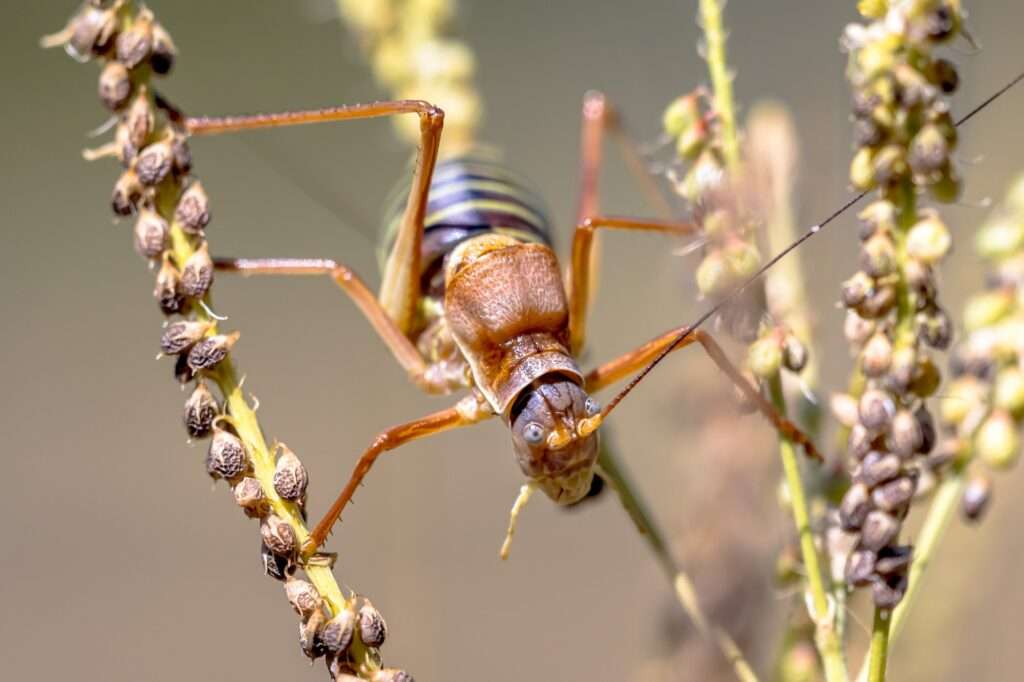
The indiscriminate use of pesticides has significant negative impacts on ecosystems and socioeconomic factors. In response to these concerns, there has been a shift towards eco-friendly pest management technologies. Integrated Pest Management (IPM) is a sustainable and non-polluting approach that combines various strategies to reduce pest populations effectively. This article highlights key IPM technologies that promote ecological balance and minimize reliance on harmful pesticides.
Using Resistant Varieties and Breeds
Breeding crops with natural resistance to pests and diseases is an effective alternative to pesticide use. Planting diverse varieties in a field harnesses the variability in pest resistance. Creating multi-lines with different resistance genes can protect crops from new strains of diseases.
Alternative Pesticides
Locally available plants can repel, deter, or poison pests without harming predators or the environment. Natural compounds such as neem derivatives control a wide range of insects, mites, and nematodes. Other examples include using chili pepper and garlic mixtures to combat aphids, custard apple seed as an antifeedant, and castor oil leaves to attract and paralyze beetles. Bacterial and viral pesticides, such as Bacillus thuringiensis (BT), offer reduced pollution potential.
Releasing Predators and Parasites
Encouraging the presence of natural enemies of pests, including parasitic wasps and flies, ladybird beetles, spiders, birds, and beneficial bacteria, fungi, viruses, and nematodes, helps regulate pest populations. Creating suitable habitats for these natural enemies contributes to pest control.
Rotations and Multiple Cropping
Crop rotation involving non-host crops disrupts the relationship between pests and their preferred hosts. Multiple cropping practices that maintain diversity also reduce pest populations. Planting certain crops together provides physical barriers or camouflage, deterring pests. Certain plant odors can disrupt pest searching behavior. Incorporating grass borders or alfalfa strips in fields can repel leafhoppers and trap pests like Lygus bugs.
Improving Habitat for Natural Enemies
Increasing farm diversity and implementing specific techniques, such as encouraging predatory ants in orchards or providing perching places for birds, can enhance the population of natural enemies. Utilizing owl perches, preserving trees and woodlands near agricultural areas, and incorporating fish in paddy water are additional strategies to control pests and encourage predator populations.
Cutting Input Use in Industrialized Systems
Precise targeting of pests reduces the need for excessive pesticide applications. Timely and accurate application of fungicides can significantly reduce rates while maintaining yields. Patch spraying allows for targeted pesticide application where necessary, minimizing overall usage.
Pheromones for Disrupting Pest Reproduction
Using synthetic chemicals that mimic insect pheromones disrupts pest mating patterns and controls their populations. By confusing male insects or releasing pre-sterilized males, mating rates decrease, resulting in fewer viable offspring. Large-scale implementation and collaboration among farmers are key to the success of pheromone technology.
Examples of Pest Management through Eco-friendly Technologies
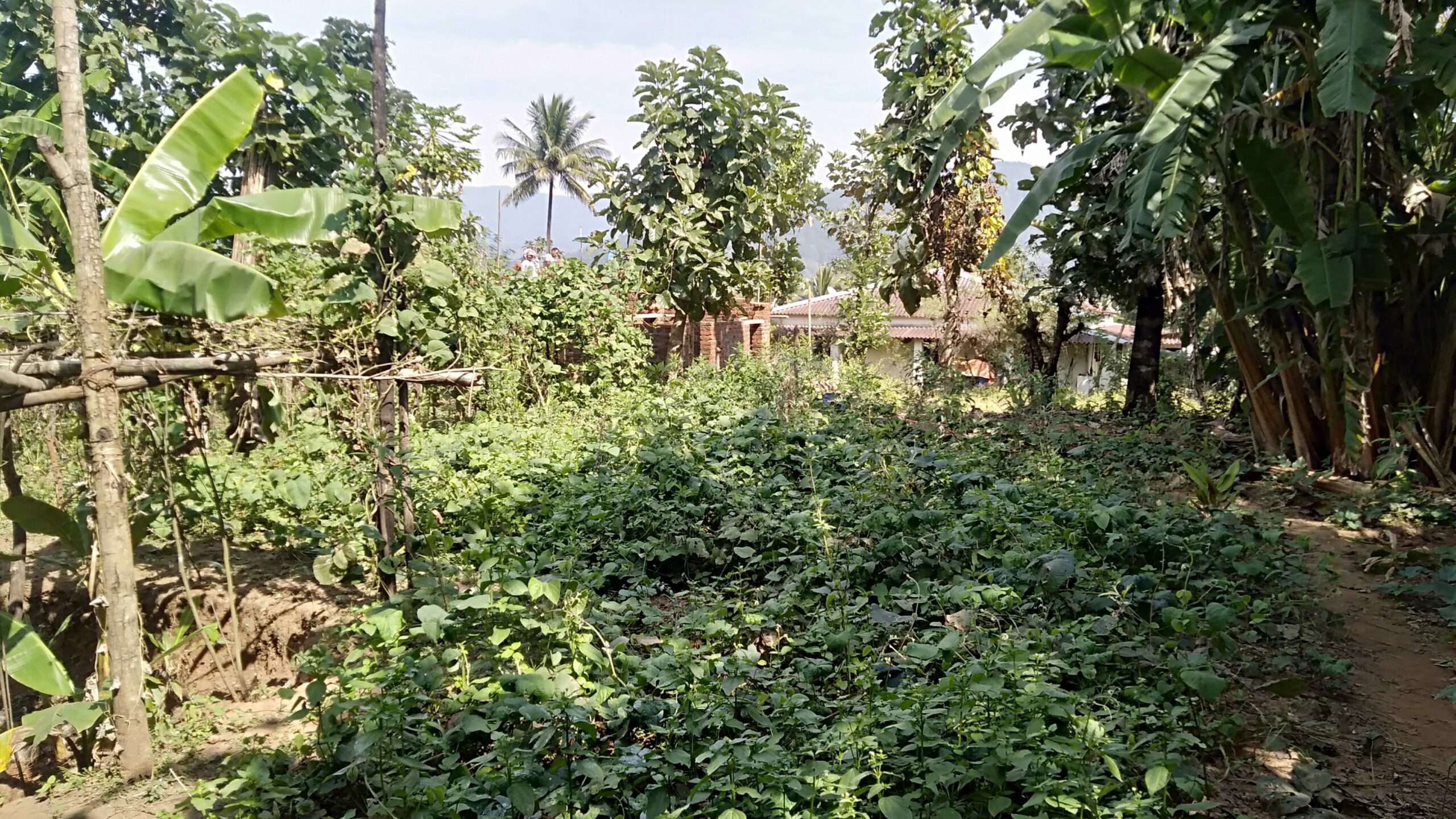
| Sl.No. | Pest | Crop | Main Strategy | Primary Technological Option | Secondary Technological Option |
| 1 | Red Hairy Caterpillar | Castor | Trapping of moth | Low cost light trap | Vegetative trap |
| 2 | Spodoptera | Groundnut | Picking of egg mass | Trap crop of castor /Sunflower | NPV; Birds |
| 3 | Semilooper | Castor | Larval parasite | Optimum sowing time | NPV; Birds |
| 4 | Root Grub | Groundnut | Picking of beetles | Shaking of host tree | — |
| 5 | Leaf webber | Groundnut | — | Spraying of neem cake solution | — |
| 6 | Gall midge | Paddy | Avoidance/ Tolerance | Early sowing resistant variety | — |
| 7 | Stem borer | Sugarcane | Egg parasite | Release of parasite | — |
| 8 | Diamond back moth | Cabbage | Trapping of adults | Trap crop of mustard | — |
| 9 | Spodoptera | Tobacco | Picking of eggs | Trap crop of castor | NPV |
| 10 | Hopper | Mango | — | Spraying of cow urine + dung | — |
| 11 | Borer | Brinjal & tomato | — | Spraying of cow urine + dung | — |
| 12 | White fly | Pomegranate | — | Garlic and chilly extract | — |
| 13 | Heliothis | Cotton, Chickpea, Pigeon pea | — | Garlic and chilly extract | — |
| 14 | Heliothis | Sunflower | Picking of larvae | Thorn/forceps | — |
| 15 | Aphids | Mustard | Avoidance; removal of adults | Early sowing, weeding of twigs | — |
| 16 | Black fly | Sweet orange | — | Tobacco decoction | — |
Integrated Pest Management (IPM) offers sustainable and eco-friendly approaches to pest control, reducing reliance on harmful pesticides. By utilizing resistant varieties, alternative pesticides, natural enemies, crop rotations, and improved habitats, farmers can effectively manage pest populations while minimizing ecological and socioeconomic impacts. Implementing these IPM technologies promotes long-term pest control and fosters a healthier and more sustainable agricultural system.
Also read:


